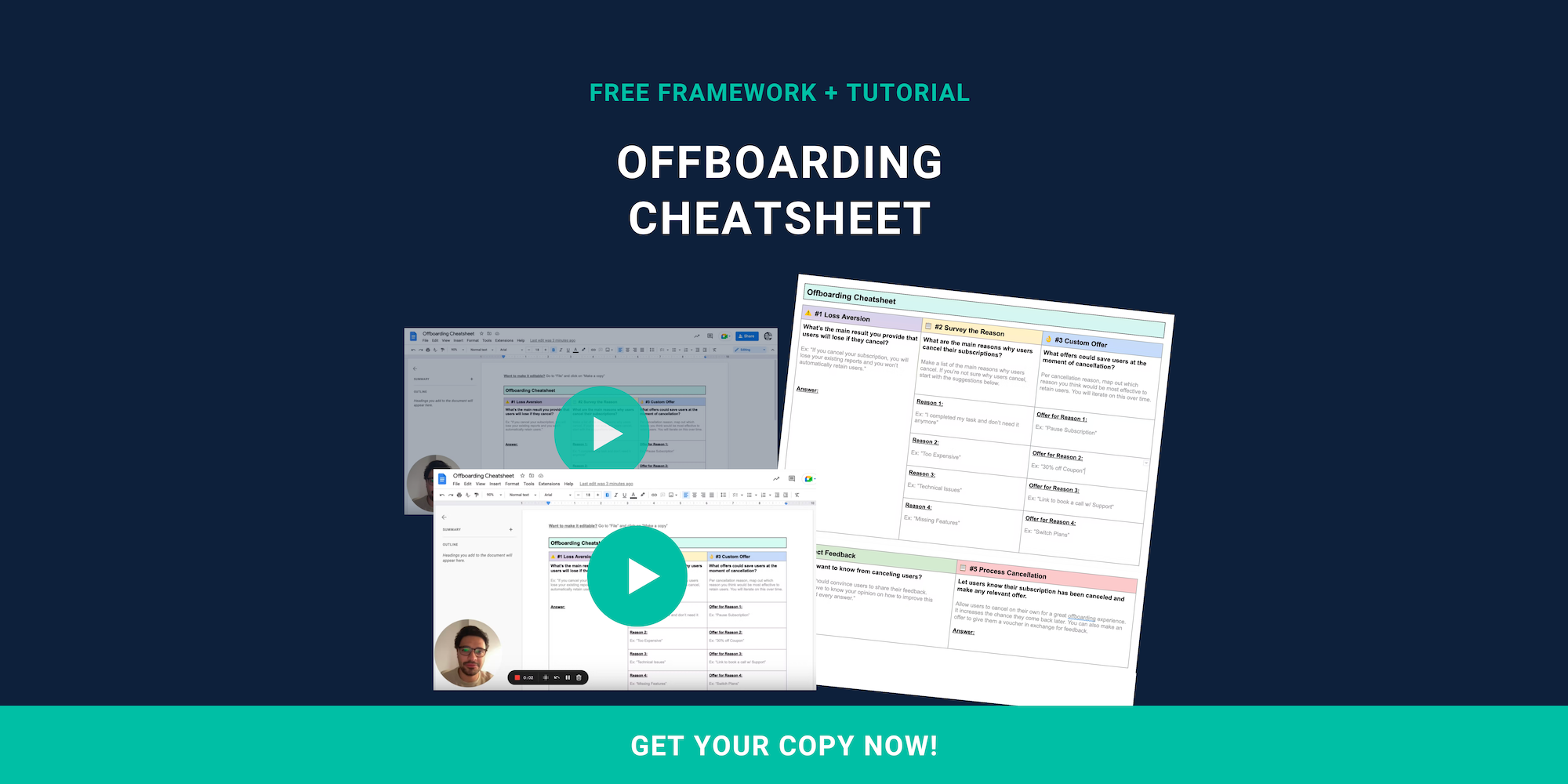Spotify, a leader in the music-as-a-service space, recently took the leap that many Saas founders dream about: Spotify went public.
The company’s initial public offering, or IPO, was met with some resistance. Not necessarily for the normal reasons, like Jim Cramer yelling “Spotify Sucks!” (note: he said the opposite) on his TV show, but new ones. Spotify rejected industry norms that virtually all private companies follow when going public. Spotify did not hire a large investment bank to prepare it for its public offering. Spotify did not go on a “roadshow” to entice large institutional investors to purchase its stock on opening day. The executives at Spotify did not even ring the opening ball at the New York Stock Exchange on opening day.
A few journalists asked Spotify executives why the company went full Fleetwood Mac on its IPO. The company’s answer surprised some: its founders knew what they wanted out of the public offering, and decided Spotify did not need to follow the traditional run-up to IPO-day. In other words, Spotify knew itself, and it was willing to reject industry norms to accomplish its goals. It was not going to simply follow IPO tradition because everyone else does.
Here at Raaft, we feel the same way about churn that Spotify does about going public: Know your churn, and you will know your company. Know your company, and you will be able to make the right decisions for your customers and your business.
Like IPO, Churn is a Made-Up Term that Downplays What it Defines
IPO. Initial Public Offering. Churn. These are industry terms, created for industry people and industry purposes. By themselves they mean nothing, and on their own they are anesthetized and separated from the events they seek to describe. An IPO is much more than an acronym. The “word” refers to something crazy--making the decision to take the company you founded from nothing, and sell it to total strangers! Think about all of the work that goes into going public, the stress of deciding to sell, the fear of selling out, but also the joy of cashing out on a major success. To describe all of this, we use the phrase IPO, a made-up term used to describe one of the most significant macro-events in the life of a startup.
By dictionary standards, churn refers to roiling ocean waters, making butter, or pumping-and-dumping a stock. A strange trio, indeed. In the Saas world, we use churn to refer to a terrible event: someone found our content or marketing, decided to try our service, paid for our service because they desired the help we promised to provide, actually used our service, decided that our help was not worth paying for, and cancelled. Cancelling customers have touched each and every piece of our businesses: marketing, content, onboarding, pricing, features, customer service. They have experience and opinions about everything our companies offer, and yet, we ignore them, subscribing to conventional churn-think:
- Churn is a statistic, nothing more
- Churn can only be reduced indirectly, by increasing customer success
- You can outrun churn by adding new customers or new revenue streams
- Churn is unavoidable, and therefore not ultimately useful to the company
Churn is a Micro-Event With Macro-Level Implications
In reality, churn is critical micro-event in the life of a company that, when correctly captured and analyzed, contains vital macro-lessons for the company’s decision makers.
Right thinking about Churn, starts with understanding churn for what it really is, and how significant understanding your own churn is to your company’s success. If you can come to understand why your customers decide to stop paying money for your service, even if you cannot convince many of them to stay, you will have developed a better understanding of what your company does well, what it does poorly, and how the people who have paid actual money for your service feel and think about that service.
Treat churn this way, and you will set your company apart from its industry peers.
Obsessive OnBoarding is Not a Substitute for Churn Management & Investigation
Most Saas companies devote their time and money to onboarding, shepherding trial and new customers through the service so they get to that magical point where they become long-term, “ideal customers.” The fatal flaw in this thinking is that it presumes that the product and all of the content and tools accompanying the product are at optimal levels, and that the only barrier to scaling the company is ushering more customers along that onboarding ramp, or creating new ramps for new types of customers.
At our cores, we know this is not true, but it is easier to persist in this way of thinking. It is harder to make the effort to engage cancelling customers and hear the negatives we would prefer to ignore. But without that information, Saas companies are operating in the blind, and cannot hope to make wise, informed decisions. The only option is to follow conventional wisdom, and keep pumping money into new customer success while ignoring how churn can teach us what customer success really means.
Ways to Manage and Monitor Churn Now
If you are willing to properly value customer churn as a critical micro-event with macro-lessons to enlighten your team. Here are a few ways that you can take action now to know your churn, and therefore know your company:
- Educate your team on the the significance of a cancelling customer;
- Create and use a cancellation flow similar to your signup flow that allows all cancelling customers to provide similar, measurable feedback or accept a promotional offer to stay;
- Mine your cancellation flow for data, tweaking the questions you ask during the cancellation process to fit the decision-making needs of your company;
- Invest cancellation data back into your company’s decision-making process wherever it is actionable (marketing, content, onboarding, customer support, pricing, features).
- Try Raaft for free
The Spotify Principle: Mine Your Churn for Big Wins and “Ah Ha!” Moments
Time will tell whether Spotify made the right decision, but no one can dispute that Spotify followed the right process. The company recognized that the IPO event was truly significant, it leveraged its expert knowledge about its own company to make IPO-related decisions, and decided that the path most companies follow was not the right path for Spotify. Companies rise and fall based on the decisions they make, and the companies with the big wins had “ah ha!” moments somewhere along the way that rocketed them to success. For Saas companies, taking churn seriously and investing resources into understanding churn is a Spotify-esque rejection of industry norms. Do it long enough, and you may find that “ah ha!” moment that separates you from your peers.
To discover how Raaft can lower your Churn for your Saas, book a demo from Raaft today!

Offboarding Cheatsheet
This framework + video tutorial will help you design a better cancellation process.
Some of our featured articles

Adam Crookes

Miguel Marques

Adam Crookes
Customer Success insights in your inbox
Helping Founders and Customer Success Managers handle customer retention effectively.
We will only ever send you relevant content. Unsubscribe anytime.


